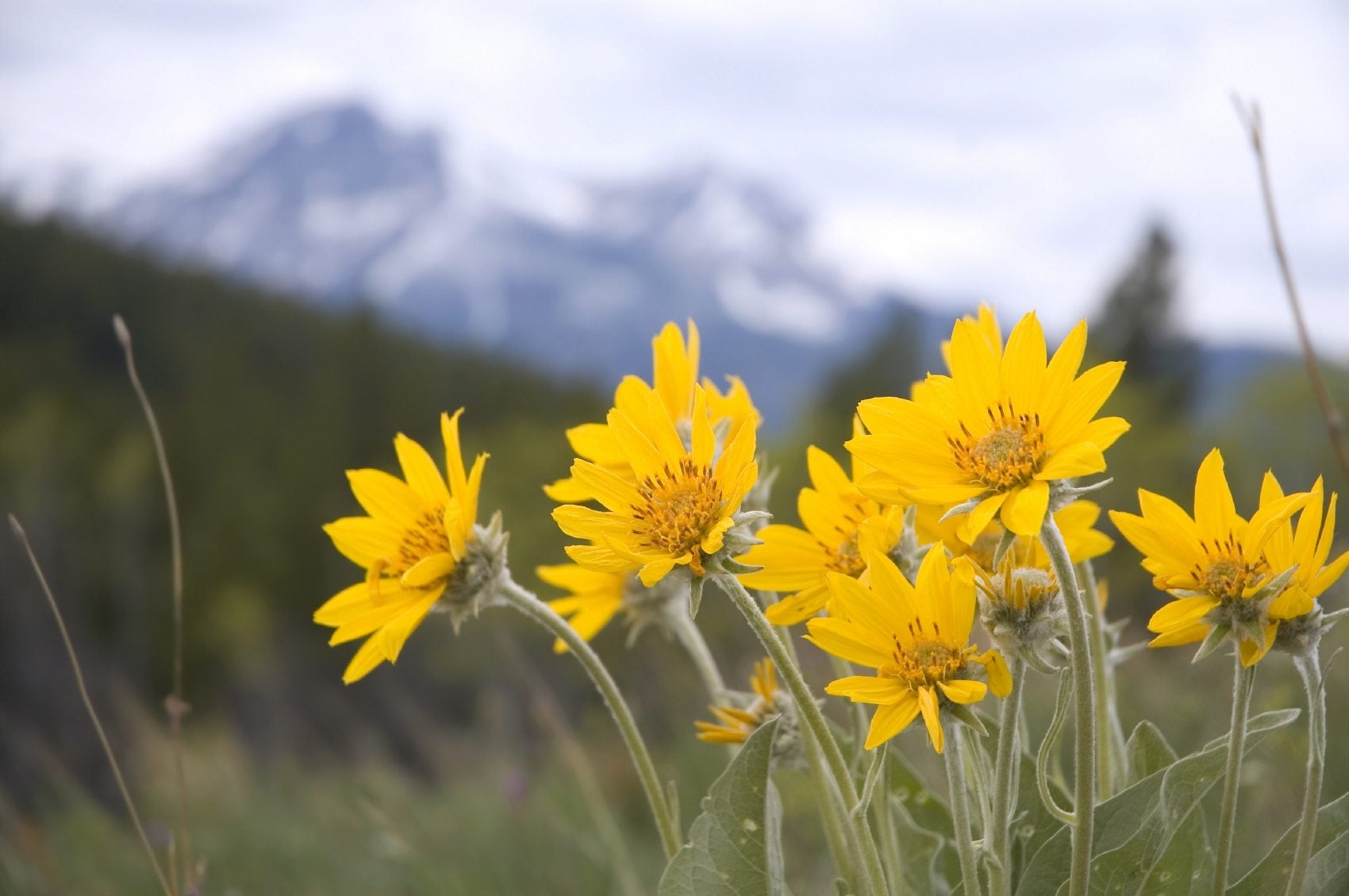Arnica Plant Care: Learn How To Grow Arnica Herbs


A member of the sunflower family, arnica (Arnica spp.) is a perennial herb that produces yellow-orange, daisy-like blooms in late spring and early summer. Also known as mountain tobacco, leopard’s bane and wolfbane, arnica is highly valued for its herbal qualities. However, before you decide to grow arnica or use the herb medicinally, there are a number of things you should know.
Arnica Herb Uses
What is arnica herb for? Arnica has been used medicinally for hundreds of years. Today, the roots and flowers are used in topical treatments such salves, liniments, ointments, tinctures and creams that soothe tired muscles, relieve bruises and sprains, ease the itch of insect bites, soothe burns and minor wounds, promote hair growth and reduce inflammation. Although the herb is usually applied topically, homeopathic remedies with highly diluted amounts of the herb are available in pill form. Arnica is generally safe when used topically, although products containing arnica should never be used on broken skin. However, arnica should never be taken internally except when the doses are small and extremely diluted (and with the guidance of a professional). The plant contains a number of toxins that can cause a variety of potentially dangerous results, including dizziness, vomiting, internal bleeding and heart irregularities. Ingesting large amounts can be deadly.
Arnica Growing Conditions
Arnica is a hardy plant suitable for growing in USDA plant hardiness zones 4 through 9. The plant tolerates nearly any well-drained soil, but generally prefers sandy, slightly alkaline soil. Full sunlight is best, although the arnica benefits from a bit of afternoon shade in hot climates.
How to Grow Arnica
Planting arnica isn’t difficult. Just sprinkle the seeds lightly on prepared soil in late summer, then cover them lightly with sand or fine soil. Keep the soil slightly moist until the seeds germinate. Be patient; seeds usually sprout in about a month, but germination can take much longer. Thin the seedlings to allow about 12 inches (30 cm.) between each plant. You can also start arnica seeds indoors. Plant the seeds in pots and keep them in bright, indirect sunlight where temperatures are maintained at approximately 55 F. (13 C.) For best results, grow the plants indoors for several months before moving them to a permanent outdoor location after all danger of frost has passed in spring. If you have access to established plants, you can propagate arnica by cuttings or divisions in spring.
Arnica Plant Care
Established arnica plants require very little attention. The primary consideration is regular irrigation, as arnica is not a drought-tolerant plant. Water often enough to keep the soil lightly moist; don’t allow the soil to become bone dry or soggy. As a general rule, water when the top of the soil feels slightly dry. Remove wilted flowers to encourage continued blooming throughout the season. Disclaimer: The contents of this article is for educational and gardening purposes only. Before using ANY herb or plant for medicinal purposes, please consult a physician or a medical herbalist for advice.
Sign up for the Gardening Know How newsletter today and receive a free copy of our e-book "How to Grow Delicious Tomatoes".

A Credentialed Garden Writer, Mary H. Dyer was with Gardening Know How in the very beginning, publishing articles as early as 2007.